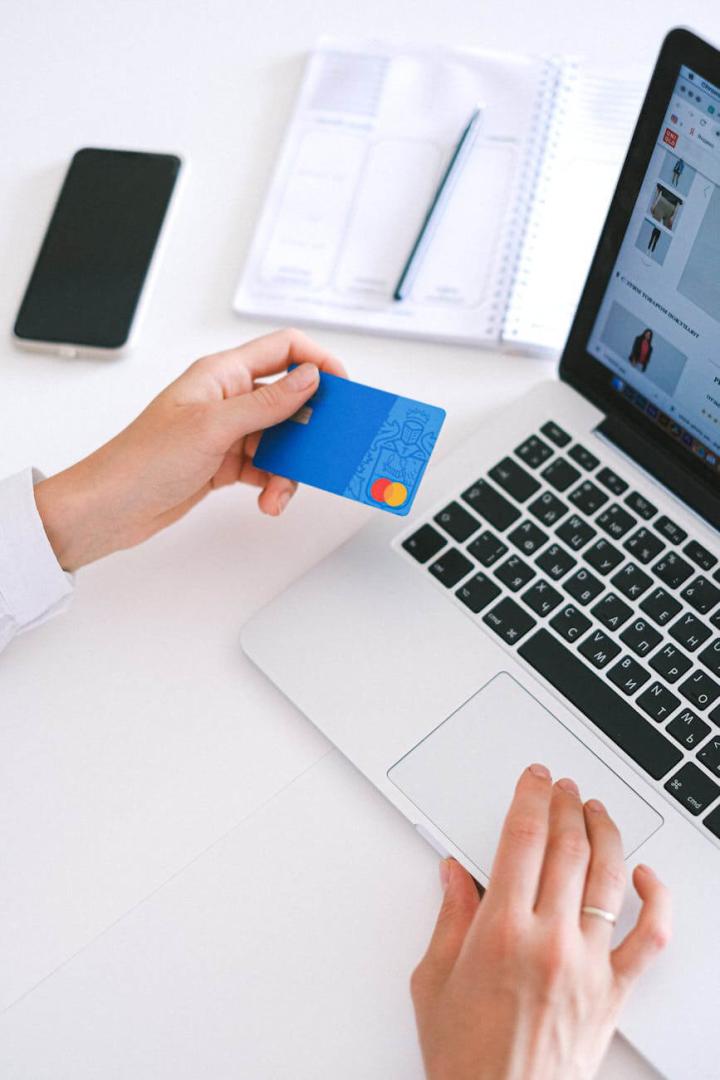Safe online shopping starts with ShopSafe
We've all heard how great Internet Shopping can be; that you can get things far cheaper as the shops don't have to pay expensive overheads.
How convenient it is - you can shop when you want to. How there's a much broader range - you can find specialist items on the Internet you'd never find on the high street. How it's easy to compare prices, and how there are no queues and plenty of parking online!
A community for shoppers
ShopSafe is a community for shoppers to recommend and review their favourite online retailers. If you see a ShopSafe logo on the website then you know we've done the hard work for you, checking that the site is safe to shop at.






